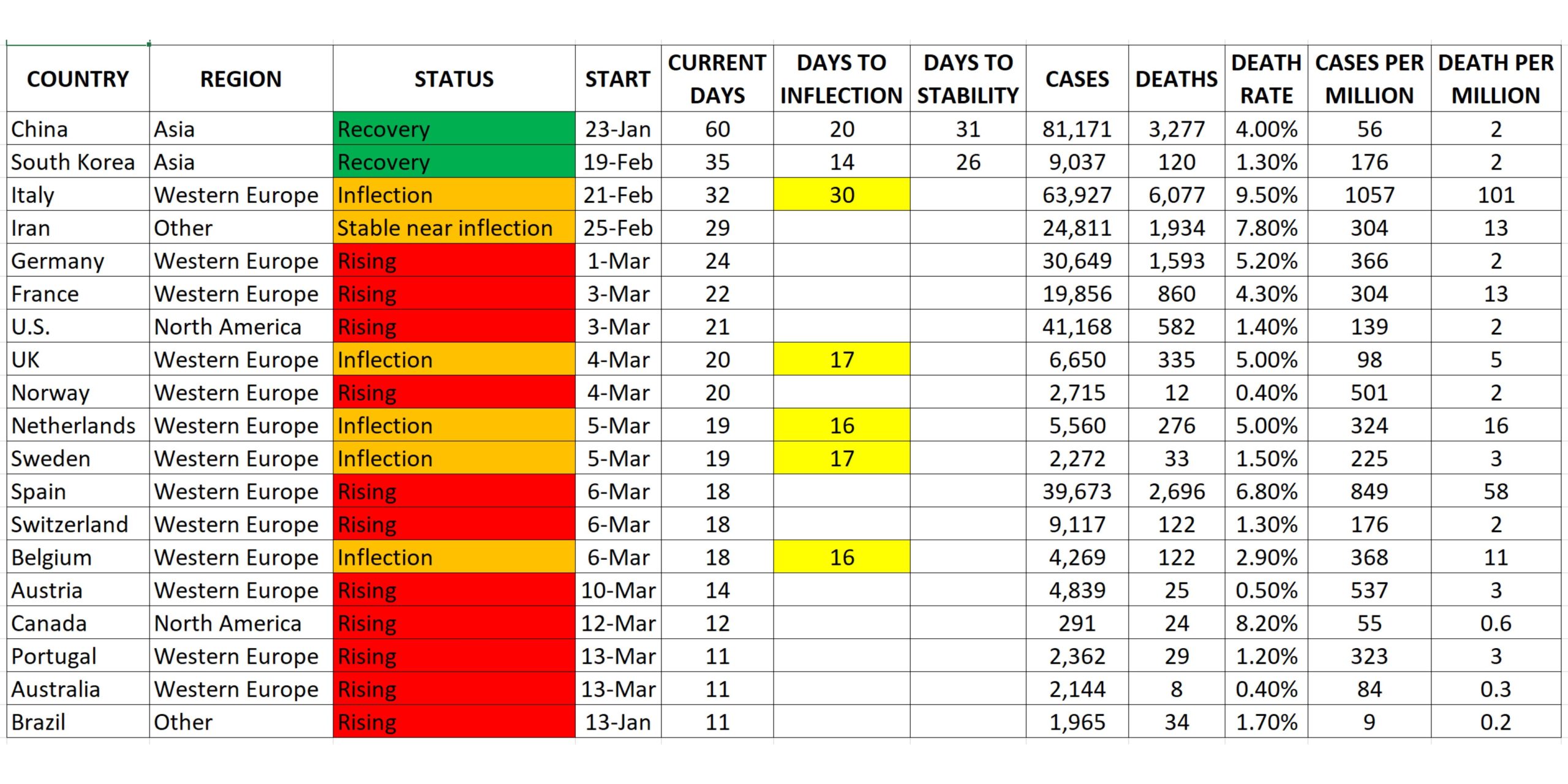TIA Daily COVID-19 Update – March 24th (Afternoon Edition)
As TIA continues to monitor the situation surrounding COVID-19 and it’s impact on the 3PL and transportation industries, here is your Afternoon Update for March 24. As a reminder, you can find all the latest information, resources, guidance, and news from TIA’s COVID-19 Response Center.
ESSENTIAL BUSINESS FORM LETTER:
TIA has prepared a form letter for our members to utilize when their shipper and motor carrier customers ask questions about logistics companies being deemed “essential” businesses.
The form letter references the federal Department of Homeland Security (DHS) guidance, that clearly promulgates that 3PLs are considered “essential” businesses during the COVID-19 pandemic.
This is obviously a very fluid situation with the landscaping changing rapidly, and we want to make sure you have the necessary guidance and information you need to continue your business.
FMCSA GRANTS CDL/CLP WAIVER:
FMCSA has granted a waiver to CDL and CLP holders who have experienced issues with obtaining access to DMV offices and to medical examiners, many of whom are refusing to take appointments for DOT physicals due to contamination concerns. The waiver extends the date of expiration – until June 30 – of applicable CDLs, CLPs, and non-CDL licenses of commercial drivers, as well as medical certificates that would otherwise expire between March 1 and June 30. Please let us know if you have any questions.
ROLE OF 3PLS IN FOOD & GROCERY MANAGEMENT:
Text Kathy Fulton, Executive Director of the American Logistics Aid Network, is doing an outstanding job – as always – helping the allied industry serve through a crisis. She needed information for a presentation and Evan Armstrong, President of Armstrong & Associates, was able to provide assistance.
We thought you would be interested in the information as well. Kathy wanted to know the amount of food and groceries managed by 3PLs. Evan reported that last year, gross 3PL revenue from food and related groceries was 10.8% of the total Domestic Transportation Management 3PL Segment for all truckload modes. This includes gross revenues from customers in the following industry subsegments: beverages, food consumer products, food production, food services, and wholesale food and groceries.
Thanks, Evan! Keep going Kathy!
GLOBAL IMPACT OF COVID-19:
Ever the data scientist, TIA’s Economist Noel Perry has put together the following charts on the spread of COVID. For your convenience, I have summarized the latest COVID-19 stats in two tables. I’ll send out the data and a quick summary daily.
The first gives country breakdown and status for the major countries hit so far in Asia, Europe, North America. The stats suggest the following: it takes two to four weeks to get from the beginning of significant numbers of new cases to the inflection point where the numbers turn down. Italy, which has apparently finally reached that point has been the longest with South Korea the shortest.
There are five countries in Western Europe whose latest numbers are, down, indicating inflection. We will know with more confidence about that in a few days. Using that data, one would expect the U.S. to reach inflection within the next ten days. That means more days of rising numbers and worry for us. The numbers tentatively suggest that the highly infectious periods last from 25 days (South Korea) to 50 days (Italy). For the U.S., that would mean stability and the relaxation of economic constraints in three to four weeks. For safety, think May 1.
One good note. So far, the U.S. has low fatality rates. Perhaps the worst is to come, but we are off to a promising start. Same for Germany and the UK. It is important to note that record-keeping for this crisis is rudimentary at best. The death numbers are probably the most reliable. However, the case numbers are speculative at best. They are probably much higher.
That said, this is the data we have. I trust it more than the ‘model’ projections used by some commentators. Some of those projections showcase and death estimates orders of magnitude higher than these numbers. For that to be true, either we are missing most of the cases or we are in for multiple waves of infection. In that regard, China and South Korea, the earliest examples, have had no second wave after a month of stability.

The regional numbers crudely summarized here show that geography matters. I have not included the many other countries that gave made little news so far. They total another third of cases. There is something about Western Europe that has made it most vulnerable. One wonders what will happen if the virus attacks large, less-developed populations in Asia and Africa. This data, however, represents much of the developed world and its dominant share of economic activity.
One good statistic, at least so far: even in Western Europe (the worst-hit region), only 1-in-2,300 people have gotten sick and 1-in-38,000 has died. In Italy, the numbers are 1-in-1,000 and 1-in-10,000 (respectively). This is nowhere near the terrifying black-death type pandemic that some people fear.
Although this bug spreads far more quickly and easily compared to more common flus, we think it will almost certainly kill fewer people in the developed world than a normal annual flue cycle. In 2018, for instance, a bad flu season killed 80,000 in the U.S. We currently sit at less than one percent of that sad number.

With employees working from home for the foreseeable future, turn that time that they used to spend around the water cooler taking a TIA distance learning course…
We’ll be back tomorrow with the Morning Edition, featuring COVID-19 updates and information that came in overnight.
Until then, enjoy Benny Goodman and “Sing, Sing, Sing.”













